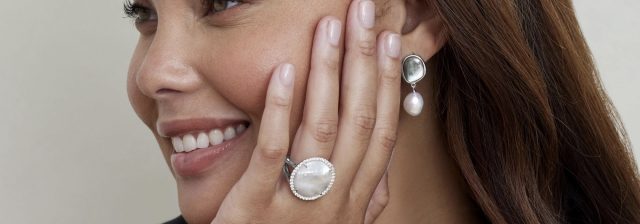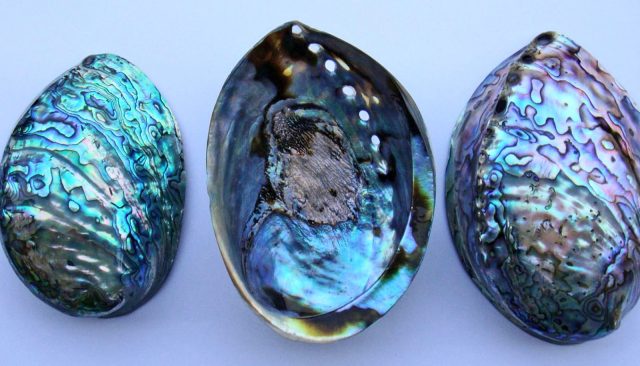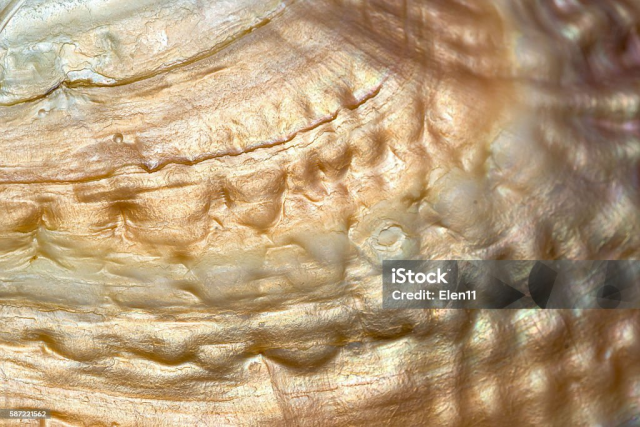As a pearl lover, you have likely come across Mother of Pearl—the luminous material that lines the inside of shells. Prized for its natural shimmer and durability, Mother of Pearl is widely used in jewelry, luxury timepieces, decorative arts, and home décor. Mother of Pearl is celebrated for both its beauty and energetic properties.

But what exactly is Mother of Pearl, and how does it compare to the pearls it creates? You can find Mother of Pearl in various applications such as jewelry, home decor, and personal accessories, highlighting its beauty and energy properties.This guide explores its formation, types, uses, and how to care for this beautiful material.
Mother of Pearl, also known as nacre, is the iridescent substance that is made inside the shells of mollusks such as oysters, mussels, and abalones. It is produced on the inner shell layer of these mollusks and it known for its signature luminous glow.
This organic material is the very same substance as pearls, making it a crucial component of both natural and cultured pearl production.
The name “Mother of Pearl” comes from its role in producing pearls. The mollusk secretes layers of nacre over irritants or foreign objects inside its shell, eventually forming a pearl. Without Mother of Pearl, pearls would not exist.
Mother of Pearl has a rich history that spans thousands of years, with evidence of its use dating back to ancient civilizations in Egypt, China, and India. These cultures valued Mother of Pearl not only for its visual appeal but also for its symbolic meanings and practical applications.
In many cultures, Mother of Pearl is considered a symbol of wealth, status, and power due to its rarity and stunning appearance. The material’s iridescent surface, created by successive layers of nacre, has long been associated with luxury and opulence. Ancient Egyptians, for example, used Mother of Pearl in jewelry and decorative items, believing it to be a symbol of the moon and the ocean, embodying a calming and soothing energy.
The material has also been associated with spiritual and mystical properties. In ancient China, Mother of Pearl was used in traditional medicine, with practitioners believing it had the power to cure a range of ailments, from fever to indigestion. This belief in its healing properties extended to other cultures as well, where it was seen as a symbol of good luck and prosperity.
In modern times, Mother of Pearl continues to be prized for its beauty and rarity. Jewelry designers and artists incorporate it into their work, creating pieces that highlight its luster and iridescence. Its unique combination of beauty, symbolism, and cultural significance continues to inspire and captivate people around the world, making it a timeless addition to any collection.
Mother of Pearl is created as a defense mechanism within mollusks. Nacre, the coating found on the inner part of mollusk shells, is secreted when an irritant, such as a grain of sand or parasite, enters the shell. The mollusk secretes nacre to coat and protect itself. This nacre builds up over time, forming either a smooth inner shell lining (Mother of Pearl) or a pearl if the irritant remains lodged inside.

Though both are made of nacre, there are key differences between Mother of Pearl and pearls:
| Feature | Mother of Pearl | Pearls |
|---|---|---|
| Formation | Lining of the mollusk’s shell | Formed inside the mollusk as a round object |
| Appearance | Iridescent, smooth, and flat | Spherical or baroque with deep luster |
| Uses | Jewelry, watches, decor, musical instruments | Primarily jewelry and luxury adornments |
| Availability | More abundant and larger surface area | Rarer, formed over time inside the mollusk |
Mother of Pearl comes in a variety of colors and sources, each with unique characteristics.



Due to its durability and unique luster, Mother of Pearl is used in various industries:
Mother of Pearl is crafted into earrings, pendants, rings, and bracelets, often combined with gold and silver for elegant designs.
High-end watch brands use Mother of Pearl dials for their natural shimmer and unique color variations.
Mother of Pearl is often inlaid into guitars, pianos, and violins for intricate decorative details.
Many luxury handbags, buttons, and accessories incorporate Mother of Pearl due to its soft yet radiant sheen.
To maintain the beauty of Mother of Pearl, follow these essential care tips:
Discover The Pearl Source’s collection of Mother of Pearl jewelry, featuring handcrafted designs that highlight this natural wonder. Explore elegant earrings, pendants, and statement pieces that bring timeless beauty to your collection.

Signup now and receive an email once I publish new content.

Content Writer and Editor at The PearlSource
Kate Muirhead is the editor and content writer for leading pearl retailer The Pearl Source. She believes in the power of signature jewelry, and that collecting it is half the fun.